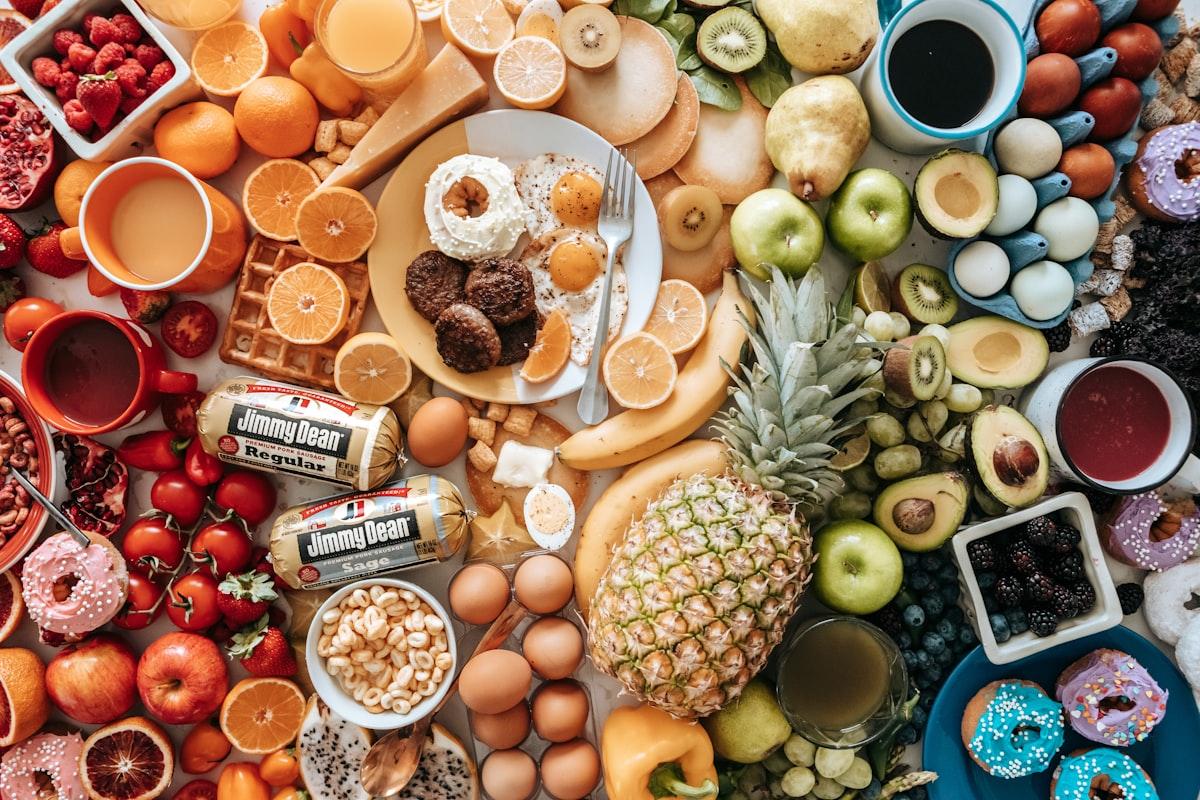
Plant-Based Protein Sources: Complete Guide to Meeting Your Protein Needs Without Meat
Discover the best plant-based protein sources, learn about complete proteins, and get practical meal ideas to meet your protein needs on a plant-based diet.
Verdu Team
The team behind Verdu, your AI-powered nutrition companion
Can you really get enough protein without eating meat? It's one of the most common questions people ask when considering a plant-based diet—and the answer might surprise you.
Not only is it completely possible to meet your protein needs from plants alone, but the 2025-2030 Dietary Guidelines Advisory Committee has recommended prioritizing plant-based proteins over animal sources for the first time in U.S. history. This shift reflects mounting scientific evidence about the health and environmental benefits of plant proteins.
Whether you're fully vegan, vegetarian, or simply looking to incorporate more plant-based meals into your routine, this guide will show you exactly how to meet—and even exceed—your protein requirements without meat.
Why Choose Plant-Based Protein?
The benefits of plant-based protein extend far beyond just meeting your daily requirements. Here's what the research shows:
Health Benefits
Plant proteins come packaged with fiber, antioxidants, vitamins, and minerals—nutrients often lacking in animal products. According to Harvard's Nutrition Source, choosing plant proteins over red meat is associated with:
- Reduced risk of heart disease: Plant proteins are naturally low in saturated fat and cholesterol
- Better weight management: The fiber in plant proteins helps you feel fuller longer
- Lower risk of type 2 diabetes: Plant-based diets improve insulin sensitivity
- Reduced cancer risk: Particularly when compared to processed meats
Environmental Impact
Animal agriculture is resource-intensive, requiring significantly more water, land, and energy than plant protein production. Choosing plant proteins even a few times per week can meaningfully reduce your environmental footprint.
Complete Nutrition Is Achievable
The outdated concern that plant proteins are "incomplete" has been thoroughly debunked. As long as you eat a variety of plant foods throughout the day, your body will get all the essential amino acids it needs. We'll dive deeper into this in the next section.
Understanding Complete vs. Incomplete Proteins
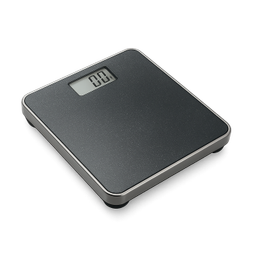
What Are Essential Amino Acids?
Proteins are made up of building blocks called amino acids. Your body can manufacture 11 of these on its own, but there are nine essential amino acids that must come from food:
- Histidine
- Isoleucine
- Leucine
- Lysine
- Methionine
- Phenylalanine
- Threonine
- Tryptophan
- Valine
A "complete" protein contains adequate amounts of all nine essential amino acids. Most animal products are complete proteins, while many (but not all) plant foods are considered "incomplete" because they're lower in one or more amino acids.
The Myth of Protein Combining
For decades, people believed you needed to carefully combine specific plant proteins at every meal—like rice and beans—to create a complete protein. This has been proven unnecessary.
According to the American Society for Nutrition, as long as you consume a variety of plant proteins throughout the day, your body pools amino acids and uses them as needed. You don't need to stress about combining specific foods at each meal.
Which Plant Proteins Are Complete?
Several plant-based foods are naturally complete proteins, containing all nine essential amino acids in sufficient amounts:
- Soy products (tofu, tempeh, edamame)
- Quinoa
- Buckwheat
- Hemp seeds
- Chia seeds
- Spirulina
Best Plant-Based Protein Sources
Let's break down the top plant protein sources and how much protein they actually provide. According to the USDA MyPlate guidelines, beans, peas, lentils, nuts, seeds, and soy products are all excellent protein foods.
Legumes: The Protein Powerhouses
Legumes—including beans, lentils, peas, and chickpeas—are among the most protein-dense plant foods available.
Protein content per 1 cup cooked:
- Lentils: 18 grams
- Black beans: 15 grams
- Chickpeas: 15 grams
- Kidney beans: 15 grams
- Pinto beans: 15 grams
- Split peas: 16 grams
Bonus benefits: Legumes are also loaded with fiber (about 15 grams per cup), iron, folate, potassium, and complex carbohydrates that provide sustained energy.
Soy Products: Complete Protein Champions
Soy-based foods are complete proteins and incredibly versatile in the kitchen.
Protein content:
- Tempeh (100g/3.5 oz): 18-20 grams
- Tofu, firm (100g/3.5 oz): 8-10 grams
- Edamame (1 cup): 18 grams
- Soy milk, unsweetened (1 cup): 7 grams
Why they're great: Besides being complete proteins, soy products contain calcium, iron, and beneficial plant compounds called isoflavones.
Nuts and Seeds: Small but Mighty
Nuts and seeds pack protein, healthy fats, and important minerals into small servings.
Protein content:
- Hemp seeds (3 tablespoons): 10 grams (complete protein!)
- Pumpkin seeds (1/4 cup): 9 grams
- Almonds (1/4 cup): 7 grams
- Peanut butter (2 tablespoons): 8 grams
- Chia seeds (2 tablespoons): 4 grams (complete protein!)
- Sunflower seeds (1/4 cup): 6 grams
Whole Grains: More Than Just Carbs
While grains are known for carbohydrates, many provide significant protein too.
Protein content per 1 cup cooked:
- Quinoa: 8 grams (complete protein!)
- Oats: 6 grams
- Brown rice: 5 grams
- Whole wheat pasta: 7 grams
Other Notable Mentions
- Nutritional yeast (2 tablespoons): 8 grams (often fortified with B12)
- Seitan (3 oz): 21 grams (made from wheat gluten)
- Green peas (1 cup): 8 grams
How Much Protein Do You Actually Need?
Here's where many people get confused. Protein requirements vary based on your body weight, activity level, age, and health goals.
The Basic Formula
According to Harvard Medical School, the general recommendation for adults is:
0.8 grams of protein per kilogram of body weight per day
For a 150-pound (68 kg) person, that's about 54 grams per day. For a 180-pound (82 kg) person, that's about 66 grams per day.
When You Need More
Certain groups benefit from higher protein intake:
- Athletes and active individuals: 1.4-2.0 g/kg body weight
- Older adults (65+): 1.0-1.2 g/kg to preserve muscle mass
- Pregnant or breastfeeding individuals: Add 25 grams per day
- People building muscle: 1.6-2.2 g/kg body weight
The Challenge of Tracking
Calculating protein across multiple meals and snacks throughout the day can feel overwhelming. You might wonder: Did that bowl of oatmeal with almond butter give me enough? Am I short on protein for the day?
This is where Verdu's AI-powered meal analysis becomes invaluable. Instead of manually calculating every ingredient, simply snap a photo of your meal. Verdu instantly analyzes your protein content along with other macros, and provides personalized suggestions to help you hit your daily targets—whether you're eating fully plant-based or just incorporating more plants into your diet.
Sample Plant-Based High-Protein Meals
Let's see how easy it is to hit 20-30 grams of protein per meal using only plant foods.
Breakfast Options
Tofu Scramble Bowl (28g protein)
- 1/2 block firm tofu, scrambled with turmeric and vegetables
- 1 cup cooked quinoa
- 2 tablespoons hemp seeds
- Sliced avocado
Protein-Packed Oatmeal (22g protein)
- 1 cup cooked oats
- 2 tablespoons peanut butter
- 1 cup soy milk
- 1 tablespoon chia seeds
- Berries and banana
Lunch Ideas
Ultimate Buddha Bowl (26g protein)
- 1 cup cooked lentils
- 1 cup cooked quinoa
- Roasted vegetables
- 2 tablespoons tahini dressing
- 1/4 cup pumpkin seeds
Chickpea Salad Sandwich (24g protein)
- Mashed chickpeas with vegan mayo (1.5 cups chickpeas)
- Whole grain bread (2 slices)
- Side of edamame (1 cup)
Dinner Recipes
Tempeh Stir-Fry (30g protein)
- 150g tempeh, cubed and pan-fried
- 1 cup edamame
- Mixed vegetables
- Served over brown rice
Black Bean & Sweet Potato Tacos (22g protein)
- 1.5 cups black beans
- Corn tortillas
- Roasted sweet potato
- 1/4 cup pumpkin seeds
- Avocado and salsa
High-Protein Snacks
- Hummus & veggies with whole grain crackers: 10g
- Trail mix (1/4 cup nuts + 2 tbsp seeds): 12g
- Protein smoothie (soy milk + peanut butter + chia seeds): 18g
- Roasted chickpeas (1 cup): 15g
7 Tips for Plant-Based Protein Success
1. Prioritize Variety
Eating a wide range of plant proteins ensures you get all essential amino acids plus diverse micronutrients. Aim for different protein sources throughout the day rather than relying on just one or two.
2. Don't Overthink Complementary Proteins
Forget the old advice about combining specific foods at every meal. As long as you eat varied plant proteins throughout the day, you'll naturally get complete nutrition.
3. Stock Your Pantry Smart
Keep these staples on hand:
- Dried lentils and beans (or canned for convenience)
- Quinoa, oats, and brown rice
- Nuts, seeds, and nut butters
- Tofu and tempeh (check freezer section too)
- Nutritional yeast for a cheesy, protein-rich topping
4. Batch Cook Legumes
Cook a big batch of beans or lentils on Sunday and use them throughout the week in salads, bowls, tacos, soups, and wraps. This makes hitting your protein goals effortless.
5. Add Protein Boosters
Sprinkle hemp seeds, chia seeds, or nutritional yeast onto meals for an easy 5-10 gram protein boost without changing the dish.
6. Plan Balanced Meals
Wondering how to build perfectly balanced plant-based plates that hit your protein targets? Verdu's Menu Picker suggests meals tailored to your goals and preferences. Whether you're dining out or cooking at home, you'll get personalized recommendations that make meeting your nutrition needs simple and stress-free.
7. Listen to Your Body
Protein needs are individual. If you're feeling fatigued, recovering slowly from workouts, or losing muscle mass, you may need to increase your intake. Track your meals for a week to see where you stand.
The Bottom Line
Meeting your protein needs on a plant-based diet isn't just possible—it's straightforward once you know which foods to include. With legumes, soy products, nuts, seeds, and whole grains providing abundant high-quality protein, you can easily hit 50-100+ grams per day without animal products.
The key is variety, planning, and being intentional about including protein-rich plants at each meal. And contrary to outdated myths, you don't need to stress about combining specific foods or eating "incomplete" proteins. Your body is smart enough to pool amino acids from throughout the day.
Whether you're committed to a fully plant-based lifestyle or simply looking to reduce meat consumption, these strategies will help you thrive with plant protein.
Start Optimizing Your Plant-Based Nutrition Today
You don't need to become a nutrition expert or spend hours calculating macros. With Verdu's AI-powered insights, you can confidently build balanced plant-based meals, track your protein intake effortlessly, and get personalized suggestions—all from a simple photo of your plate.
Download Verdu and take the guesswork out of plant-based nutrition:
Ready to discover how easy plant-based eating can be? Let Verdu guide you to better nutrition, one meal at a time.
Related Articles
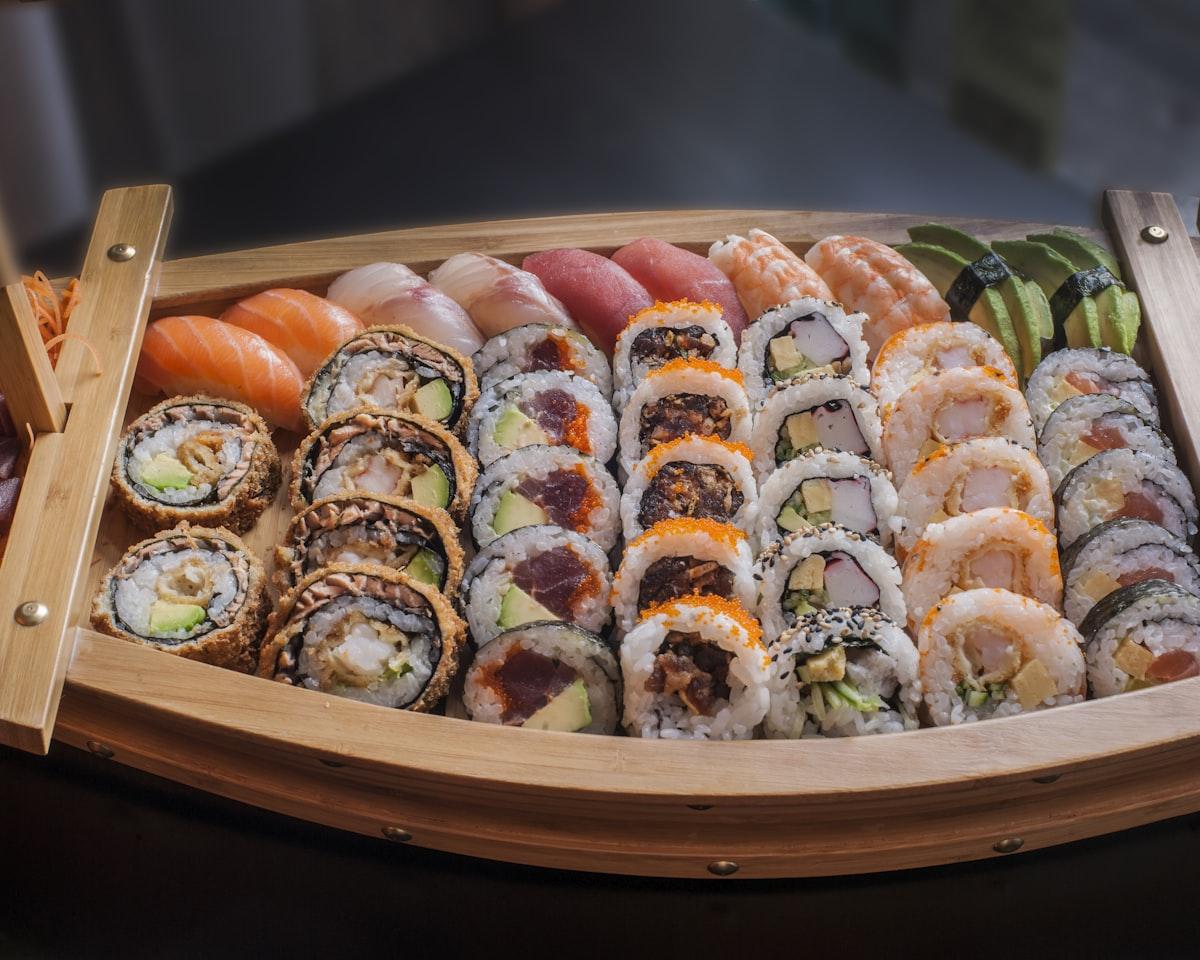
15+ High-Protein Foods for Active Lifestyles: Beyond Chicken and Eggs
Tired of chicken and eggs? Discover 15+ diverse high-protein foods for athletes and active individuals. Learn protein timing, meal ideas, and smart tracking strategies.
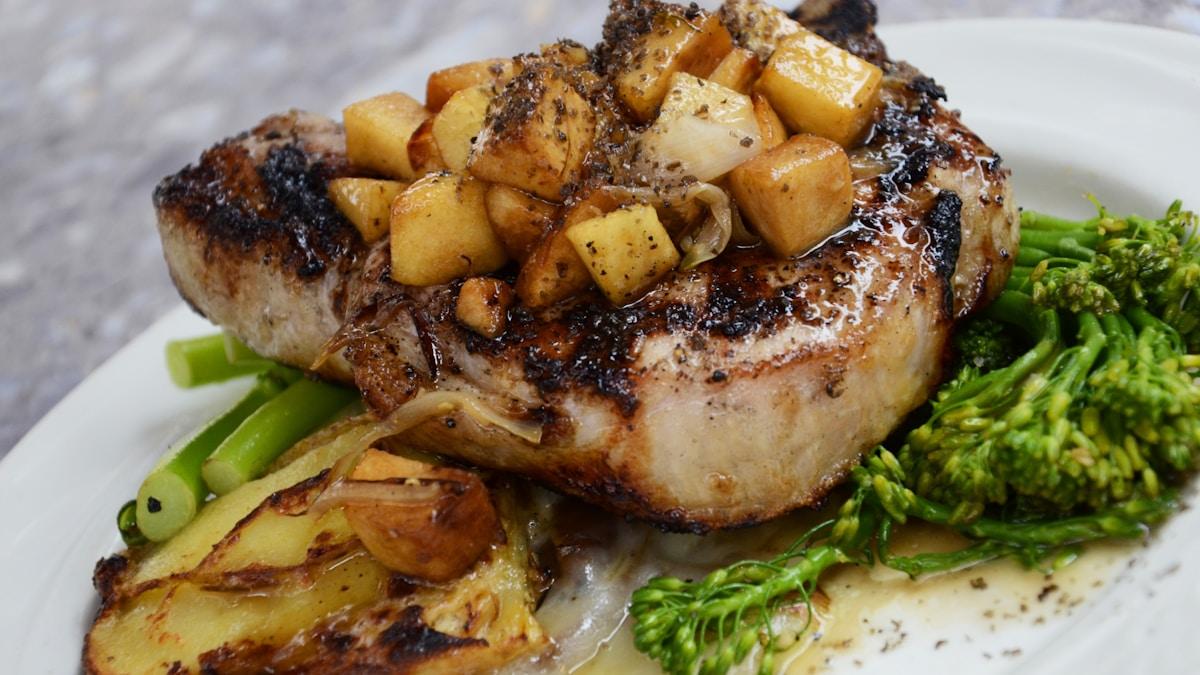
High-Protein Foods for Athletes: Complete Guide to Recovery & Performance
Learn how much protein athletes need, the best sources, and optimal timing for muscle recovery. Science-backed guide with meal ideas.
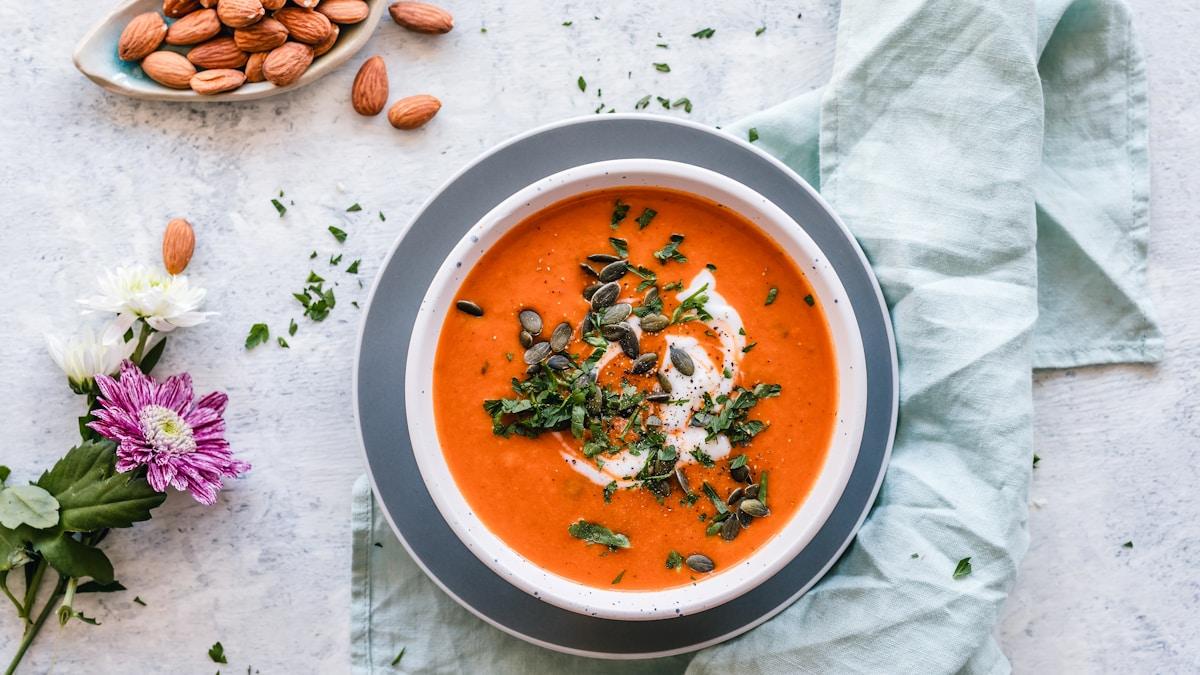
Intermittent Fasting: Does Timing Your Meals Really Work?
Science-backed guide to intermittent fasting: 16:8 method, health benefits, who should try it, and practical tips to start meal timing successfully.